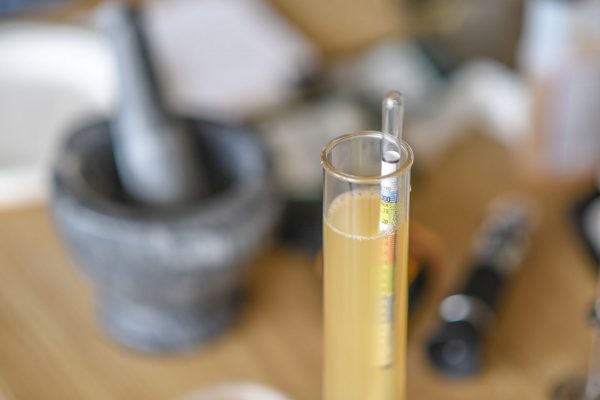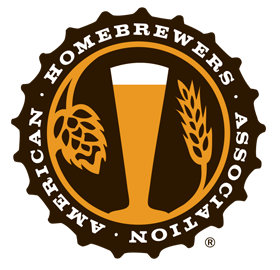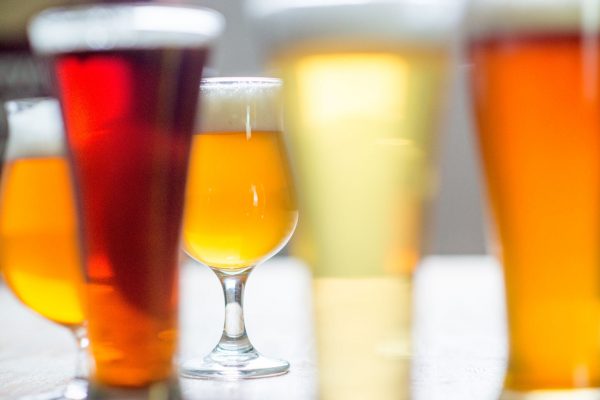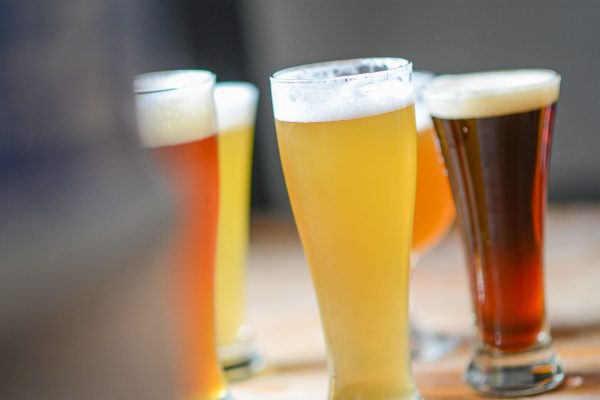
Seminar
Yeast Genome Changes During Serial Repitching
We used whole genome sequencing to follow the genetic changes that occurred after 29 serial repitches of the American Ale strain WY1056 by Postdoc Brewing. Comparing samples showed two mutations that became detectable in the population after 15 repitches and…




Share Post